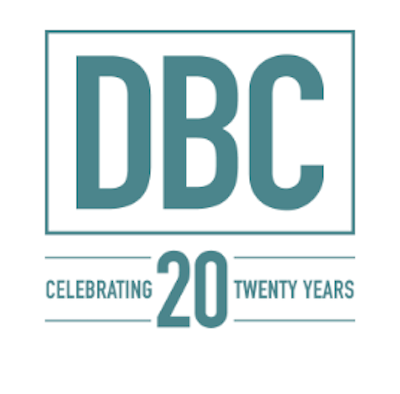Video is hot, and e-mail is useful. Obviously, it would be good to combine the two and get both the heat and the utility by delivering video in e-mail. Problem is that e-mail hasn’t traditionally been a good medium for serving up video within the message.
The reason is primarily that Adobe Flash has become the primary means for serving up video on the Web, followed by player-specific platforms for QuickTime and Windows Media. But with the rise of spam, phishing and malware, most e-mail clients have dropped the support they once offered for video e-mail, and most ISPs now routinely block the kind of tags needed to include video in e-mail as either objects or embedded objects. Since e-mail creators also can’t use JavaScript to find out if the recipient has Flash installed, they have no way to display alternate content instead of a big, blank X’ed out box. And there’s nothing hot or useful about that.

So while work continues on reliable ways to offer e-mail that can actually deliver video that can be opened within the e-mail message, many marketers have settled for a workaround: building in links that look enough like clickable video to make that click-the-play-button reflex kick in but which actually point outside the message to video hosted on the Web.
Is that still worth doing? The experience of Milwaukee Electric Tool Corp. suggests that you betcha.
The company, an almost 90-year-old maker of portable power tools for the construction trade, has been pretty proactive for its age about building videos for its Web site at http://www.milwaukeetool.com. The site currently maintains 42 videos on its playlist, mostly product demos but also some user testimonials, and gets about 2,500 views a month of the one-minute clips, according to e-marketing project manager Vickie Chiappetti.
That doesn’t include the METToolTV channel on YouTube, where the company also uploads its video content, in order to reach a “slightly different audience” than the brand fans that come directly to the Web site, Chiappetti says.
The company began rolling out these features-and-benefits videos in 2008, shortly after Chiappetti joined the staff, and accelerated the pace when a Web site redesign gave it more leeway in terms of the size of the video player and the display of its video archive. Video is now an almost automatic component of Milwaukee’s new product introductions. It introduced about 40 new tool products in 2009 and expects to launch slightly fewer this year; so they’ve got the content available.
And analytics show it’s provably popular with Milwaukee’s target audience of plumbing, electrical and HVAC professionals. “We’ve had a 118% increase since last year in the views of our Web videos,” Chiappetti says. “The audio and the visual combine effectively to illustrate how the tool should be used”—something the company’s practical-minded customers are very interested in seeing for themselves, according to user surveys Milwaukee has fielded.
“After listening to what the end-users wanted, [Web video] was really a no-brainer,” she says.
The most popular video was one posted last October involving company brand managers beating up on one of Milwaukee’s M12 job-site radio units—dropping it from rooftops, booting it down stairs, and hurling it across asphalt parking lots and from moving vehicles—and then turning it on to show it still works. That power-tool version of “Will It Blend?” got up to 125 views a day on YouTube when it was first posted and has garnered more than 8,000 views to date.
If the videos themselves were an obvious component of the marketing campaigns for Milwaukee’s products, tying those clips into the e-mail marketing for those tools was just as much a matter of common sense, Chiappetti says. Those e-mails, sent to the house list via the ExactTarget platform, offer what look like playable video complete with stills of the footage and a superimposed play arrow. But in fact they hide embedded links to the video or product pages of the Web site.
Those product e-mails enhanced with video are currently producing about a 3% clickthrough rate, a very strong response that Chiappetti attributes in part to the enticement of video content.
“We use a logo for Milwaukee Tool TV that has an icon of a little video camera, and we’re extending that back from YouTube into the e-mail campaign,” she says. “The ExactTarget design team put together a computer laptop that shows a screen grab of the video. So you get the sense that there’s a motion behind the image, and subscribers know at a glance that this is a video as well as a new product.” The company has been consistent in including three to four videos in every e-mail campaign message it sends out.
The result, above and beyond that 3% clickthrough response, has been a 30% increase in overall traffic to the Web site and an e-mail subscriber list that has now gone into six digits.
So the lessons here are twofold. If you’re a product-based marketer selling something that needs technical demonstration and you’re not producing video, get started, because chances are good that your prospective customers want that information displayed in action. And once you get started doing that, it definitely pays to spotlight those videos in your e-mail marketing via links disguised as actual video objects. Recipients won’t care that they’re being sent from e-mail to a Web site; they’ll just appreciate the added sight and sound in aid of their buying decision.



